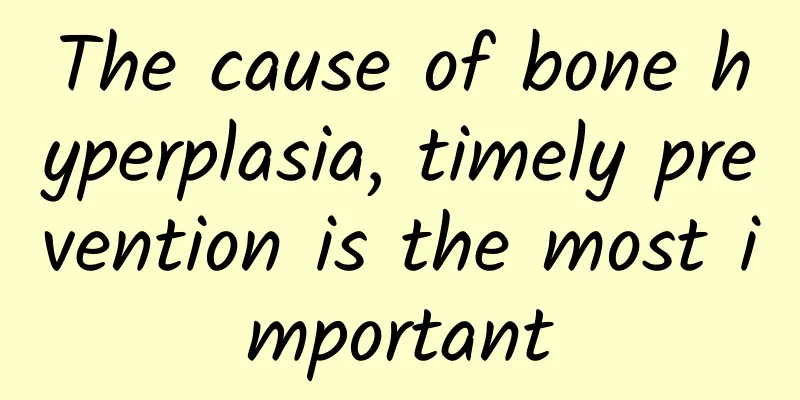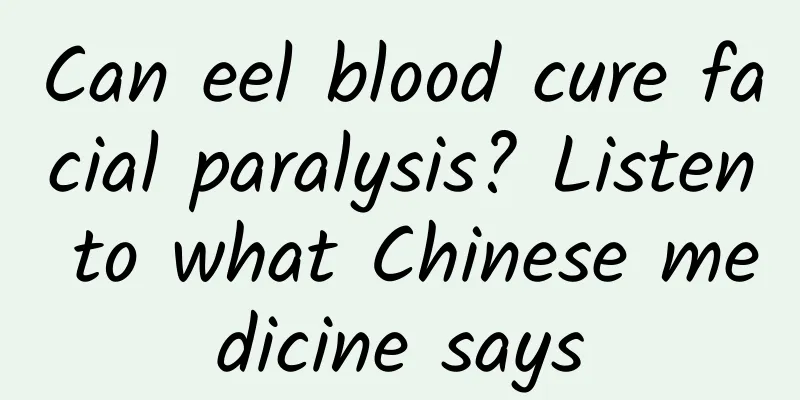Treatment of myocardial infarction

|
We may be troubled by many diseases throughout our lives. Some diseases come on slowly, giving you enough time to react and also enough time for treatment. But on the contrary, some diseases come on so quickly that sometimes we don’t have time to react before our bodies become sick, or in serious cases, death occurs. This is what we fear the most. Therefore, in order to prevent these situations from happening, many people now often pursue health preservation in their daily lives. The purpose is very simple, which is to prevent the occurrence of certain diseases. Myocardial infarction is one of the more serious of these sudden illnesses. Now let’s introduce the treatment methods for myocardial infarction. Acute myocardial infarction is myocardial necrosis caused by acute and persistent ischemia and hypoxia of the coronary arteries. Clinically, there is often severe and persistent pain behind the sternum, which cannot be completely relieved by rest or nitrates, accompanied by increased serum myocardial enzyme activity and progressive electrocardiogram changes. It may be complicated by arrhythmia, shock or heart failure, which is often life-threatening. This disease is most common in Europe and the United States, with approximately 1.5 million people suffering from myocardial infarction each year in the United States. China has shown a clear upward trend in recent years, with at least 500,000 new cases each year and at least 2 million current patients. Treatment for myocardial infarction includes: 1. Monitoring and general treatment Patients without complications should stay in bed for 1 to 3 days during the acute phase; receive oxygen; and undergo continuous ECG monitoring to observe changes in heart rate, heart rhythm, blood pressure, and respiration. For patients with hypotension or shock, monitor capillary wedge pressure and venous pressure when necessary. Low salt, low fat, eat small meals frequently, and keep bowel movements regular. After 3 days, patients without complications gradually transitioned to sitting in a chair next to the bed to eat, urinate, and move around indoors. Patients can usually be discharged from the hospital within 2 weeks. For patients with heart failure, severe arrhythmias, hypotension, etc., the bed rest time and discharge time need to be extended as appropriate. 2. Sedation and pain relief Small doses of intravenous morphine are the most effective analgesic; pethidine can also be used. Those who are irritable and nervous can be given diazepam (Valium) orally. 3. Adjust blood volume Establish intravenous access as soon as possible after admission, and slowly replenish fluids in the first 3 days, paying attention to the balance of intake and output. 4. Reperfusion therapy to reduce infarct area Reperfusion therapy is the main treatment measure for acute ST-segment elevation myocardial infarction. Opening the blocked coronary artery and restoring blood flow within 12 hours of onset can reduce the area of myocardial infarction and reduce mortality. The earlier the coronary artery is reopened, the greater the benefit to the patient. "Time is myocardium, time is life." Therefore, a diagnosis must be made as soon as possible for all patients with acute ST-segment elevation myocardial infarction, and a reperfusion therapy strategy must be developed as soon as possible. In fact, there are still many treatments for myocardial infarction, some of which may not have been discovered by humans yet. However, prevention of myocardial infarction is much more effective than treatment. What we should do in our daily life is to reduce smoking and drinking as much as possible. At the same time, we should also pay attention to not working too hard and not staying up late often. |
>>: Symptoms of deficiency fire
Recommend
Does anxiety cause bloating?
When anxiety disorder is more serious, it will sh...
Can I eat celery if I have eczema?
Speaking of celery, I believe many people have ea...
How to tell if you have liver palms
There is a saying that goes like this: Long illne...
The sequelae of IVF
Many people want to have a cute and lively baby, ...
Is a hard bump on my finger a plantar wart?
Some people who work at high intensity for a long...
The efficacy of scorpion and wolfberry wine
The main ingredient of scorpion wine is scorpion,...
Why is half of the body sweating?
If one side of the body is sweating, there are ma...
How to reduce the hardness of calf meat
Some people's calf flesh is relatively hard, ...
Symptoms of renal insufficiency
There are many types of common diseases, but when...
What herbal medicine is best for stomach?
Gastric disease is now a common disease in daily ...
Is chicken high in protein?
Chicken is the most common meat we eat in our dai...
How to make weight loss oatmeal cookies, homemade oatmeal cookies
Oats are a nutritious grain that is rich in prote...
Can vinegar and flour remove spots?
Vinegar essence and flour can also remove freckle...
How to check for nephritis? 6 methods to help you diagnose
The incidence of nephritis is constantly increasi...
What is the cause of vaginal pain
Penile pain is a relatively common disease that o...









